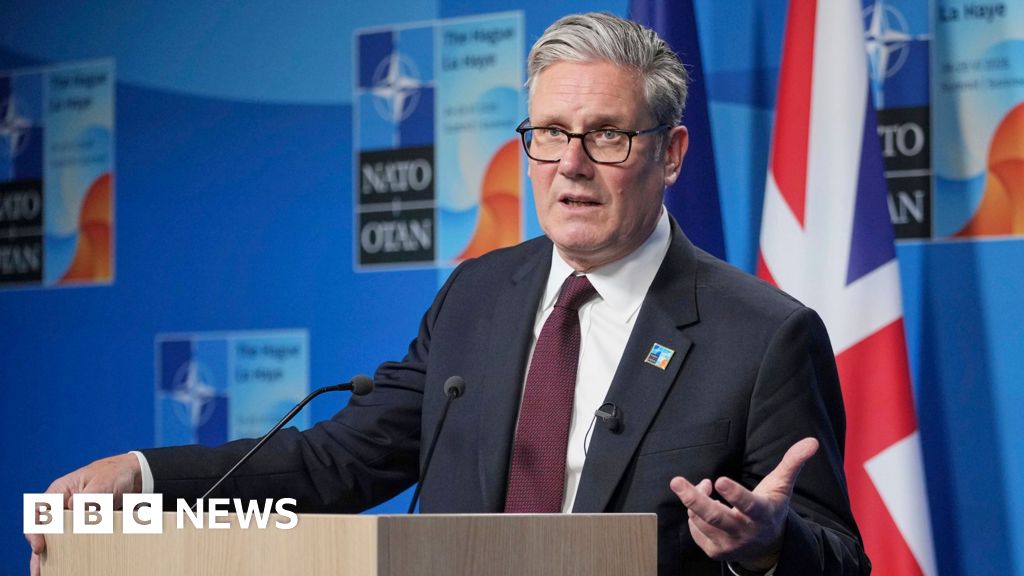Receive free Taiwan updates
We’ll send you a myFT Daily Digest email rounding up the latest Taiwan news every morning.
Taiwan has unveiled its first domestically built submarine, demonstrating its determination to push back against growing military pressure from China.
Completion of the vessel, which has taken almost seven years at a cost of NT$49.4bn ($1.5bn), is a milestone for Taiwan, which has struggled for decades to buy submarines and acquire the technology to build them. Beijing has pressured other countries not to make such sales.
“We did it,” said President Tsai Ing-wen on Thursday, standing in front of the submarine at state-owned shipbuilder CSBC in the southern port of Kaohsiung. She said the submarine would “dive deep down into the sea with Taiwan’s spirit of resilience and courage and quietly safeguard our home, our freedom and our democracy”.
Taiwan plans to build up to eight of the vessels, which national security and military officials said would strengthen its ability to counter China’s rapidly growing naval forces. Taipei only has two old Dutch-made submarines, which it acquired in the 1980s, and has been pursuing new underwater capabilities since the 1990s.
In April 2001, then-US president George W Bush approved the sale of diesel-electric submarines to Taiwan. However, no deal was concluded because the US only builds nuclear-propulsion submarines and diesel-electric propulsion technology could not be secured from other countries.
Frequent disputes over defence budgets in Taiwan’s legislature also delayed efforts to acquire submarines. Tsai started the indigenous submarine programme after she became president in 2016.
Admiral Huang Shu-kuang, a former navy commander who is now a member of Tsai’s National Security Council and heads up the submarine programme, said at the unveiling that the vessel would be handed over to the navy by the end of 2024.
Huang said it would be equipped with MK 48 anti-submarine and anti-surface warfare torpedoes supplied by Lockheed Martin.
Taiwan is keeping much about its submarine supply chain under tight wraps, fearing that Beijing could pressure suppliers to cut off support. But Cheng Wen-lon, CSBC’s chair, said the vessel had a “local content quota” of about 40 per cent.
“It is the key weapons systems, the electronics, the sonar which we cannot produce by ourselves,” said Shu Hsiao-huang, an analyst at the Institute for National Defense and Security Research, the defence ministry’s think-tank.
Many US defence experts see the project as a distraction from Taiwan’s need to quickly build stocks of cheap and mobile munitions and strengthen its defences against a ground invasion force.
However, Taiwanese strategists argue that submarines could greatly complicate the People’s Liberation Army Navy’s operations in the straits north and south of Taiwan.
Tsai called the submarine “an important piece of equipment in the navy’s development of asymmetric fighting power”.
Observers said the vessel’s unveiling showed Taipei’s desire to rally public confidence as China escalates a military intimidation campaign ahead of the country’s presidential election in January.
Over the past few weeks, the PLA has held a series of naval and air manoeuvres close to the island, including frequent drills for anti-submarine warfare.
While Lai Ching-te of Tsai’s ruling Democratic Progressive party is leading in the polls, the party is expected to lose control of the legislature, raising questions about future increases for defence spending.
“The indigenous submarine project is an important capability for protecting Taiwan’s maritime borders,” Tsai said. “I hope that in the future [we] can make national security a priority across partisan dividing lines, and continue supporting the construction of the submarines.”
Credit: Source link











